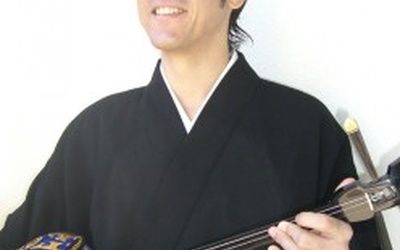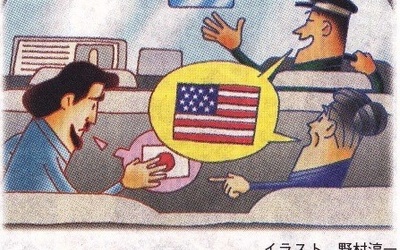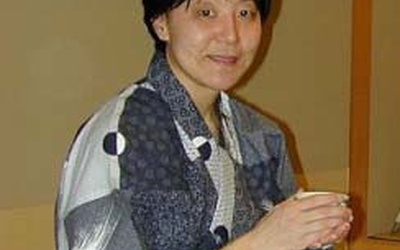
Stephen Murphy-Shigematsu
Stephen Murphy-Shigematsu es un psicólogo y autor multicultural japonés-estadounidense que se especializa en comprender e iluminar cuestiones de diversidad e identidad en naciones, organizaciones, familias e individuos. Es profesor consultor en la Facultad de Medicina de Stanford y en las facultades del Centro de Estudios Comparados de Raza y Etnia de Stanford y de la Universidad Fielding Graduate. Es autor de When Half is Whole: Multiethnic Asian American Identities (Stanford University Press, 2012) y Synergy, Healing, and Empowerment: Insights from Cultural Diversity (con Richard Katz) (Brush Education, 2012).
Actualizado en enero de 2013
Historias de Este Autor
“I’m not half, I’m whole!”
24 de septiembre de 2013 • Stephen Murphy-Shigematsu
“I hate the word ‘half,’ which is used to designate people like me. I always wanted to be someone who is ‘whole.’” The young man raised his eyes to the evening sky and gazed upon the rising moon. It suddenly struck me that Byron and I were like the moon. As we are called “half,” the moon we were looking at is called a “half moon.” But like the moon, “half” is an illusion; there is much more to the …
My Transnational, Hapa Identity in Question
22 de febrero de 2013 • Stephen Murphy-Shigematsu
I like to say that I have a transnational, multicultural, multiethnic identity. I am hapa, haafu, I am both/and, Japanese AND American. But I know that many others still see the world in dichotomies, as either/or, Japanese OR American. I know what I look like. I’ve seen my face in the mirror before. But I forget that others might see me differently than I see myself. And I know who I am. But I am aware that others usually do …
Hidden Hapa
11 de febrero de 2013 • Stephen Murphy-Shigematsu
“Hey, what are you doing over there with the Hapa?” Kathy and I looked over and there were three of our Japanese American friends at another table smiling at us, one with a mischievous grin. Sandy had jokingly pointed out that I was a mixed blood amidst a group of full bloods. Kathy and I smiled back at them and returned to our conversation. But Kathy suddenly surprised me by saying, “Actually, I’m kind of mixed too; my mother is …
Caring for Transnational Grandparents
30 de enero de 2013 • Stephen Murphy-Shigematsu
When I walk in the park near my house in Palo Alto, California some of the elderly Chinese and Indians smile at me and my dogs while others are indifferent or scared. Like many immigrants who come here later in their lives to join children and grandchildren they are spending their last years far from their “home” countries. Their transnational families bring them here hoping that it is the best place for aging and dying. When we realized that she …






